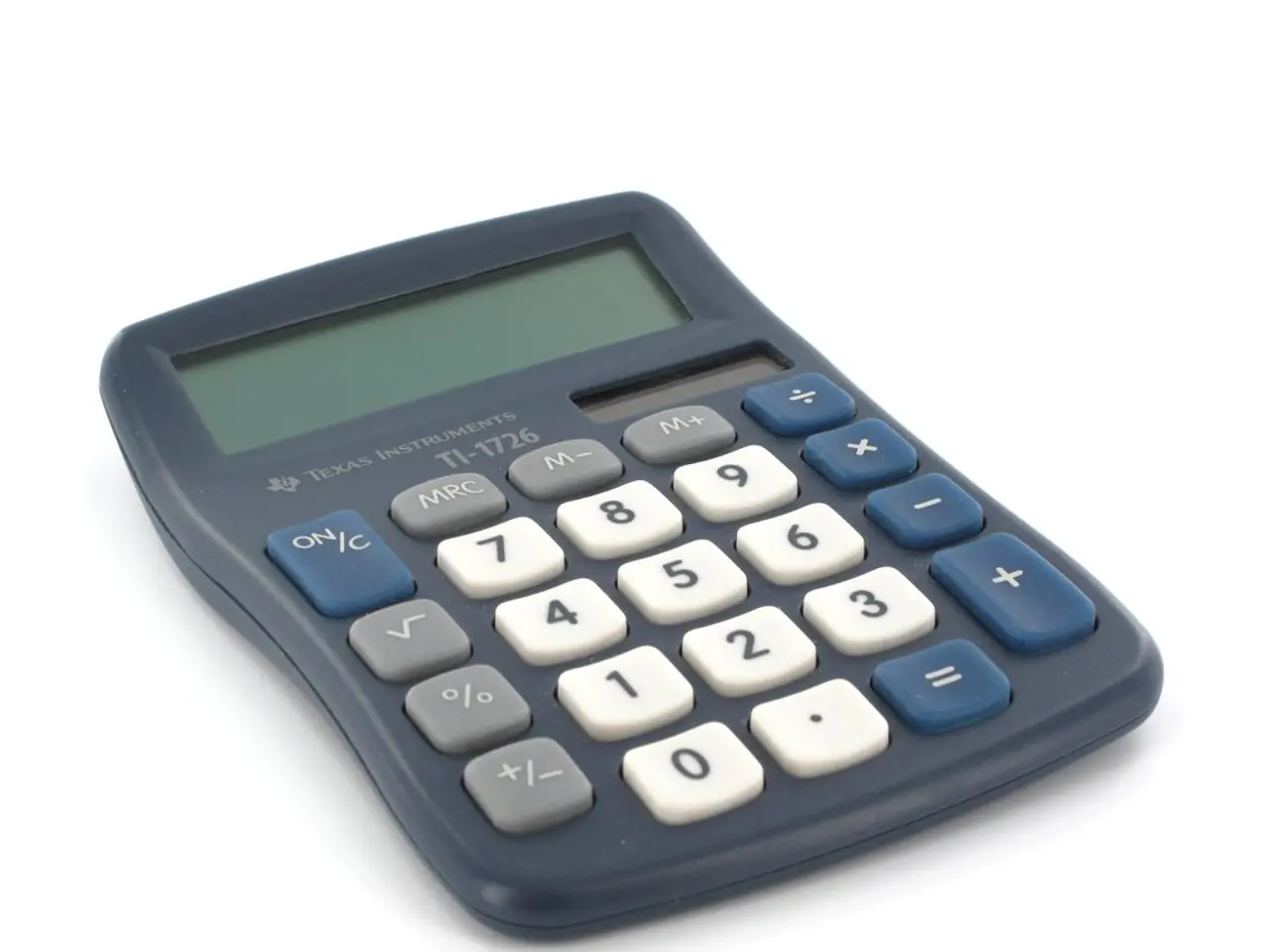Arduino Nano R4 Competition in 2025: Utilizing the Arduino Nano R4 to Calculate the Value of Pi
In an innovative twist, Roni Bandini has programmed an Arduino Nano R4 to estimate the mathematical constant Pi. This project, unlike previous Pi-calculating endeavours, employs a unique approach, relying on the Monte Carlo method.
The Monte Carlo method in this project involves drawing a circle inscribed inside a square. Roni's program simulates random points within this square, checking each point's distance from the centre to determine if it lies within the circle. The ratio of points inside the circle to the total points approximates the ratio of the circle’s area to the square’s area, which is (\pi/4). Multiplying this ratio by 4 provides an estimate of Pi.
The Arduino Nano R4's onboard Floating Point Unit is utilised for efficient mathematical computation in this project. The program runs continuously, generating approximately 100 new random samples every second, improving the approximation over time.
Results are displayed on a 7-segment display in real-time, with beeps indicating progress. The specific details of this project, including the use of a 7-segment display and beeping function, are new additions that enhance the user experience.
Roni readily admits the project's appearance is reminiscent of a classic Hollywood bomb. The program beeps as it goes, adding to the intrigue and engagement of the device.
This approximation of the ratio of areas is equal to Pi/4, and the estimation of Pi by Roni Bandini's project uses the Monte Carlo method, a classic example of Monte Carlo estimation that relies on random sampling to approximate a known constant through geometric probability.
It's worth noting that this method does not require extensive calculation, making it an accessible and intriguing way to estimate Pi. As the simulation continues, the approximation of Pi improves, offering a captivating and educational experience for those interested in mathematics and technology.
The Arduino Nano R4's technology is utilized for the efficient mathematical computation of Pi in Roni Bandini's project. The unique approach, employing the Monte Carlo method, uses the technology within the Arduino to simulate random points within a square and estimate Pi.




